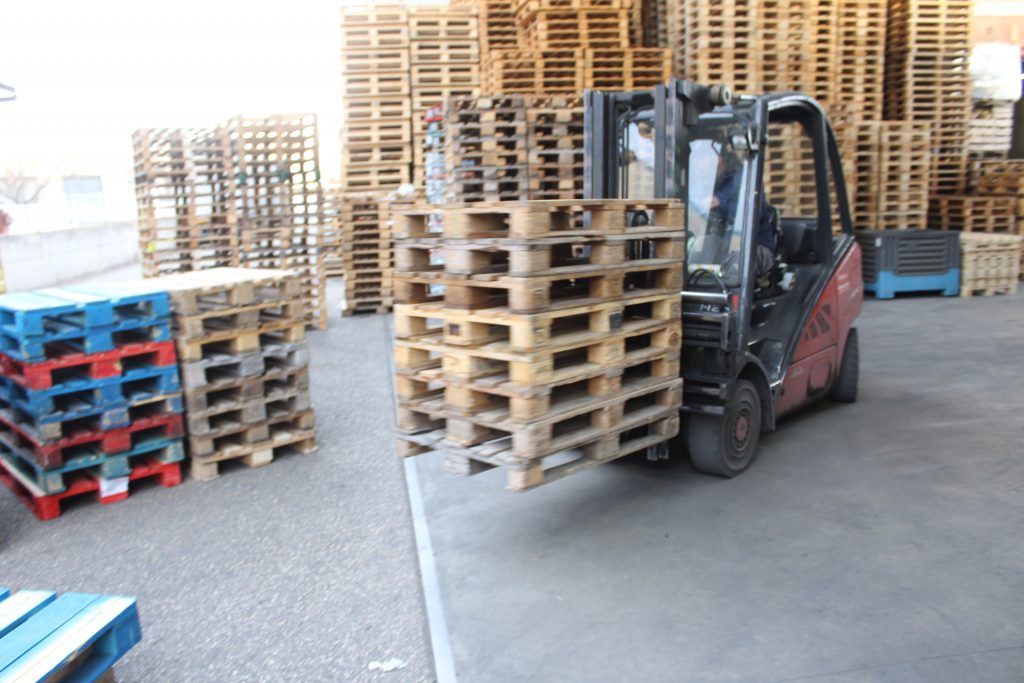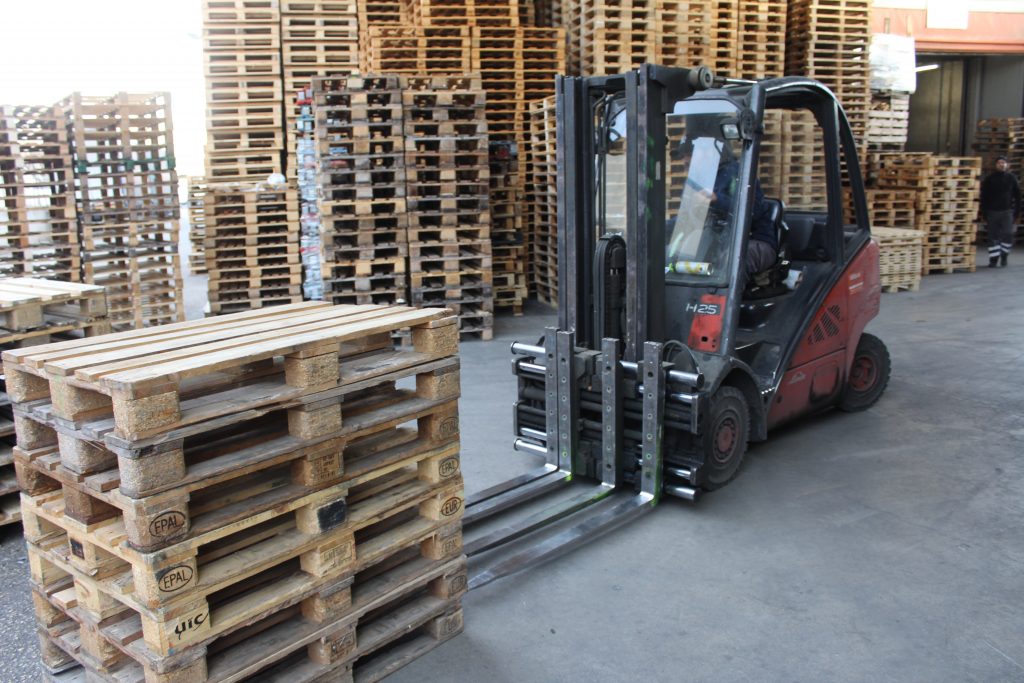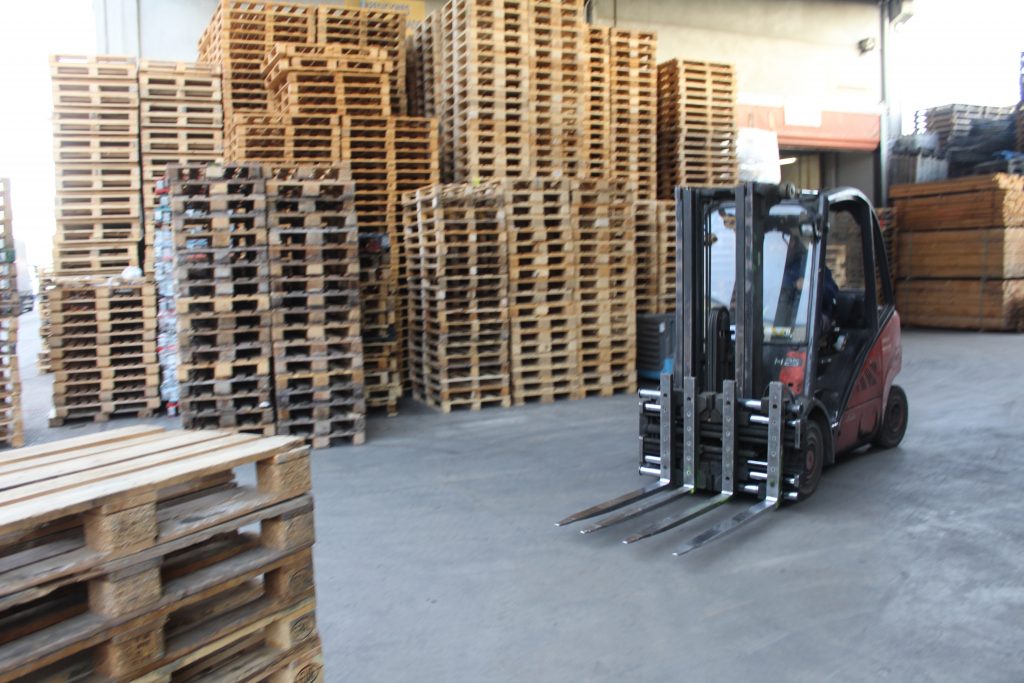Pallet manufacturing: a detailed process
The pallet manufacturing It is a meticulous process that involves a series of steps from the selection of raw materials to the final construction of the pallet. Below is a detailed description of the process of pallet manufacturing.

Each of the steps in pallet manufacturing
Wood Selection: The process begins with the selection of the appropriate wood for the pallet manufacturing. The wood can come from a variety of sources, such as pine, oak or spruce trees, depending on the manufacturer's preferences and local availability.
Receiving and Storage: Once lumber has been selected, it is received at the manufacturing facility and stored in a designated area. It is crucial to keep the wood in a suitable environment to prevent damage from moisture or insects before use.
Cutting and Sizing: Lumber is cut and sized to pallet design specifications. This involves using saws and other cutting tools to cut the pieces into the dimensions required for pallet construction.
Drying (optional): In some cases, especially if the wood has been stored in humid conditions, it may need to be dried before use. This can be achieved using industrial dryers or by allowing the wood to air dry for an appropriate period of time.
Classification of Pieces: Once the wood has been cut and sized, the pieces are classified according to their quality and size. Defective parts can be separated for repair or discard, while high quality parts are reserved for pallet construction.
Assembly: Pallet assembly involves arranging the wooden pieces according to the specific design of the pallet. This may involve using nails, screws or other fastening devices to join the pieces together to form the basic structure of the pallet.
Reinforcements (optional): Depending on the customer's needs and the intended use of the pallet, additional reinforcements can be added to increase its strength and durability. This could include reinforcements at the corners or along the sides of the pallet.
Thermal or Phytosanitary Treatment (if necessary): In the case of pallets destined for international export, it may be necessary to subject them to a thermal or phytosanitary treatment to comply with international regulatory requirements. This helps prevent the spread of pests and diseases through international freight transport.
Final Inspection and Quality: Once the construction of the pallet is completed, a final inspection is performed to ensure that it meets the required quality and safety standards. It is verified that all parts are correctly assembled and that the pallet meets the customer's specifications.
Packaging and Shipping: Finally, the pallet manufacturing It culminates when the finished pallets are packed and prepared for shipment to the customer. This may involve stacking pallets into bundles or loading them onto trucks or containers for transportation.

Pallet manufacturing: a process that requires attention to detail
In summary, the process of pallet manufacturing It is a complex process that requires attention to detail and experience in wood handling. From the selection of raw materials to the final construction of the pallet, each step is crucial to ensure the quality and durability of the final product.

